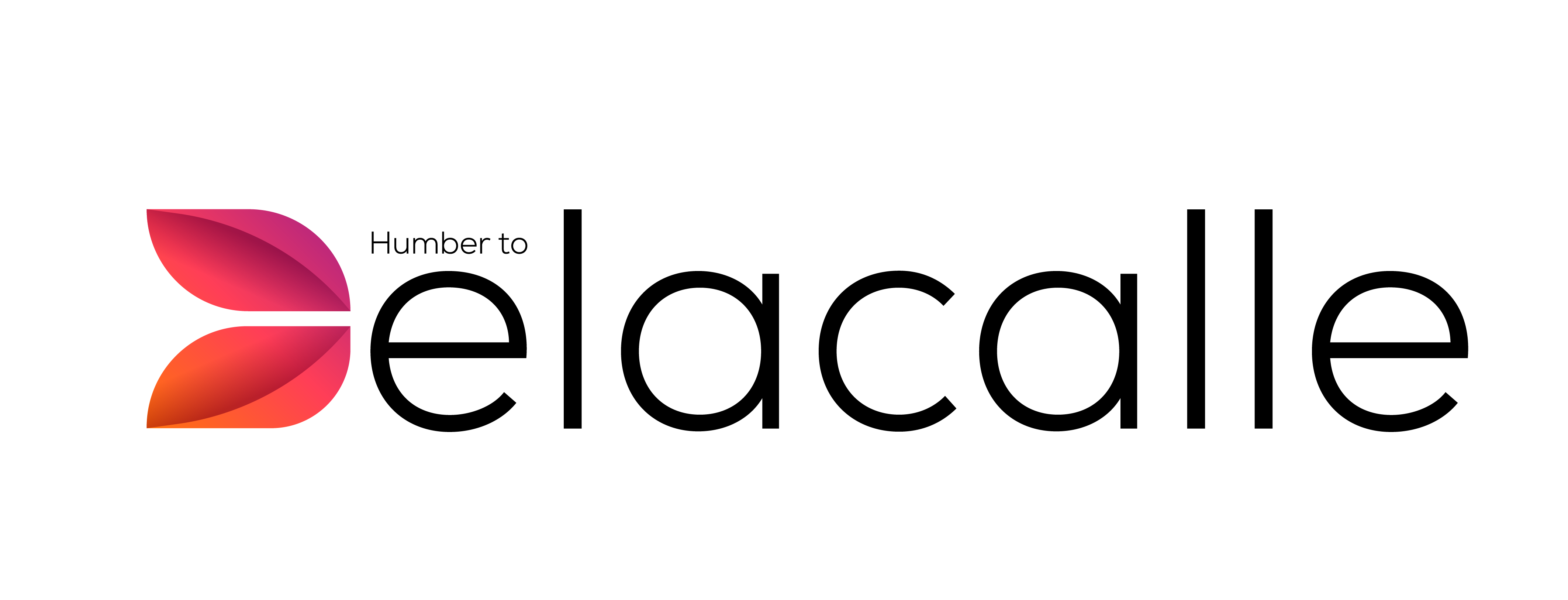Health Economics Outcomes Research (HEOR) is rapidly gaining prominence for its ability to bridge the gap between medical innovation and patient care. It enables healthcare systems to assess the value of emerging treatments, ensuring that novel therapies not only meet clinical standards but also address the broader needs of patients and society. By focusing on outcomes that matter, such as quality of life and economic impact, health economics outcomes research helps integrate cutting-edge medical advances into practical healthcare solutions.
This article explores how HEOR aligns innovative medicine with patient needs, highlighting its role in shaping sustainable healthcare practices and optimizing health outcomes.
What is Health Economics Outcomes Research?
Health Economics Outcomes Research evaluates healthcare interventions by analyzing their economic impact and outcomes on patients’ quality of life. It considers both direct and indirect costs, such as treatment expenses, hospitalizations, and the societal impact of diseases. HEOR provides a framework for understanding the value of new medical interventions beyond their clinical effectiveness, including a focus on patient-centric metrics like improved mobility, reduced symptoms, and overall satisfaction.
HEOR encompasses two primary components. The first is economic evaluation, which examines the cost-effectiveness of treatments in relation to outcomes. The second is outcomes research, which assesses the real-world impact of those treatments on patients. Together, these approaches ensure that healthcare resources are allocated efficiently while prioritizing patient well-being.
Focusing Innovation on Patient-Centric Healthcare
Medical research often excels in scientific breakthroughs but can lag in understanding how those breakthroughs affect patients’ lives on a daily basis. HEOR addresses this gap by integrating qualitative and quantitative data that reflect real-world experiences. Metrics like reduced pain scores, mobility improvements, and lower hospitalization rates play a central role in determining the value of a therapy.
For innovators and pharmaceutical developers, HEOR serves as a critical feedback loop. By factoring in patient priorities early in the research cycle, treatments can be tailored for maximum efficacy and utility. This approach not only improves patients’ experience but also increases the likelihood that treatments will be adopted by clinicians and funded by payers.
Guiding Sustainable Healthcare Spending
Healthcare budgets are under immense strain, requiring systems worldwide to maximize value for every dollar spent. HEOR helps hospitals, insurers, and policy-makers evaluate the cost-effectiveness of treatments. For example, an expensive therapy may demonstrate value if it prevents costly hospitalizations or enables patients to return to work faster, reducing indirect costs.
Through these evaluations, stakeholders gain insights into whether a treatment is sustainable when weighed against its long-term benefits. These insights are particularly valuable for decision-making about drug pricing, inclusion in insurance formularies, and prioritization for public funding.
Enhancing Access to Advanced Therapies
One of HEOR’s significant outcomes is improving access to advanced medical treatments. Patients often face barriers to accessing innovative therapies due to high costs or limited insurance coverage. By demonstrating the tangible benefits of these treatments, both in clinical outcomes and economic terms, HEOR can make a compelling case for reimbursement.
This research is vital for ensuring equitable access to healthcare. It supports the argument for funding life-saving therapies for chronic conditions, rare diseases, and underserved communities. By showcasing the overall societal and patient value, HEOR advocates for the inclusion of new therapies in insurance policies, making them accessible to larger populations.


